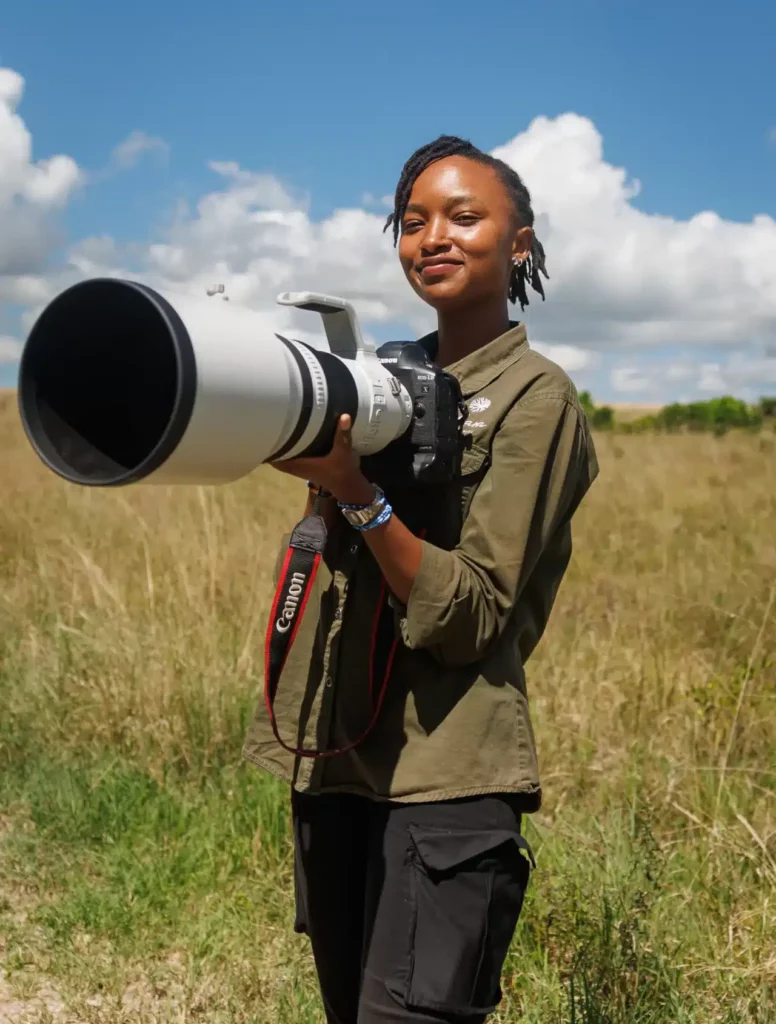
Living and working as a photographer in the Masai Mara has given me something I’ll never take for granted—the chance to watch big cats grow up. Over the past few years, I’ve followed a few special families from when they were very young, watching them face the wild day after day, and somehow come out stronger. It’s not just about the photos we take—though those are special—it’s about being there. Through the quiet mornings, the close calls, the moments of triumph. This place teaches patience, and these cats? They teach you everything else.

There’s a cheetah we have followed closely for a while now—Nashipai. She raised four cubs—three girls and one boy—and all of them survived to adulthood (with the help of Rangers who kept a close eye on her young family). That alone is rare. Cheetah cubs face a rough start in life, and most never make it past their first year. But Nashipai pulled it off. Her daughters—Nasieku, Nempiris, and Naimutie
—are still together, moving and hunting as a team.
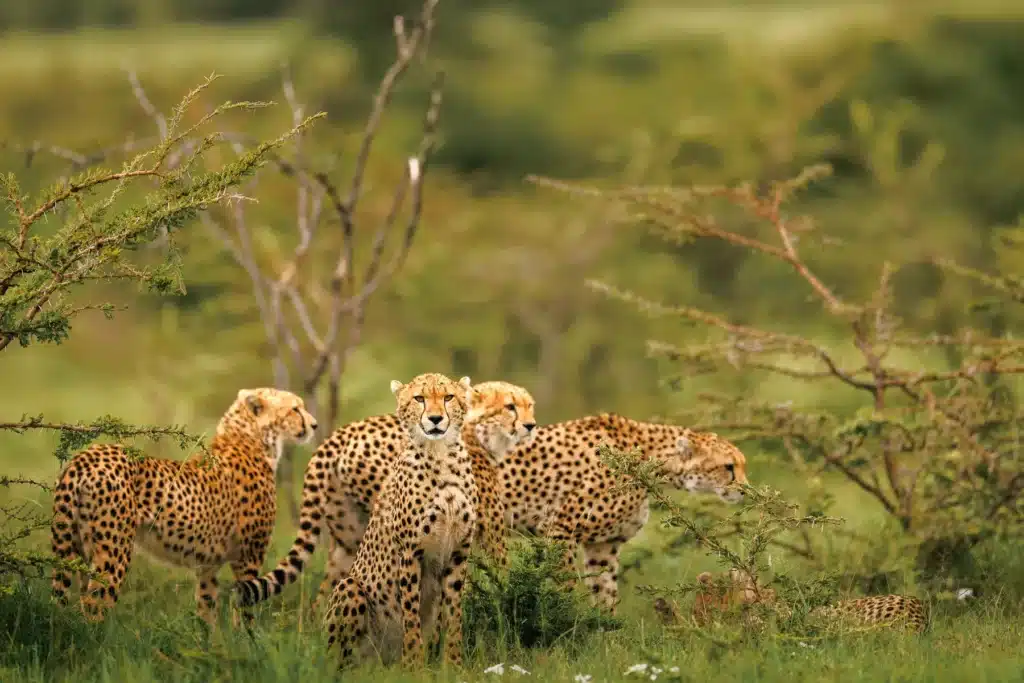
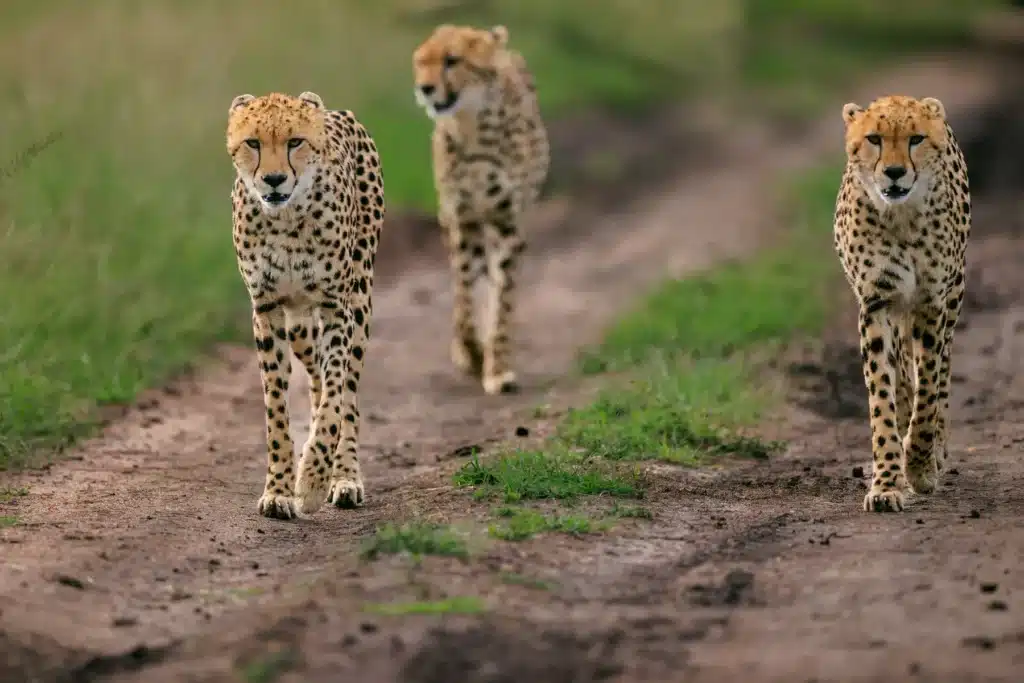
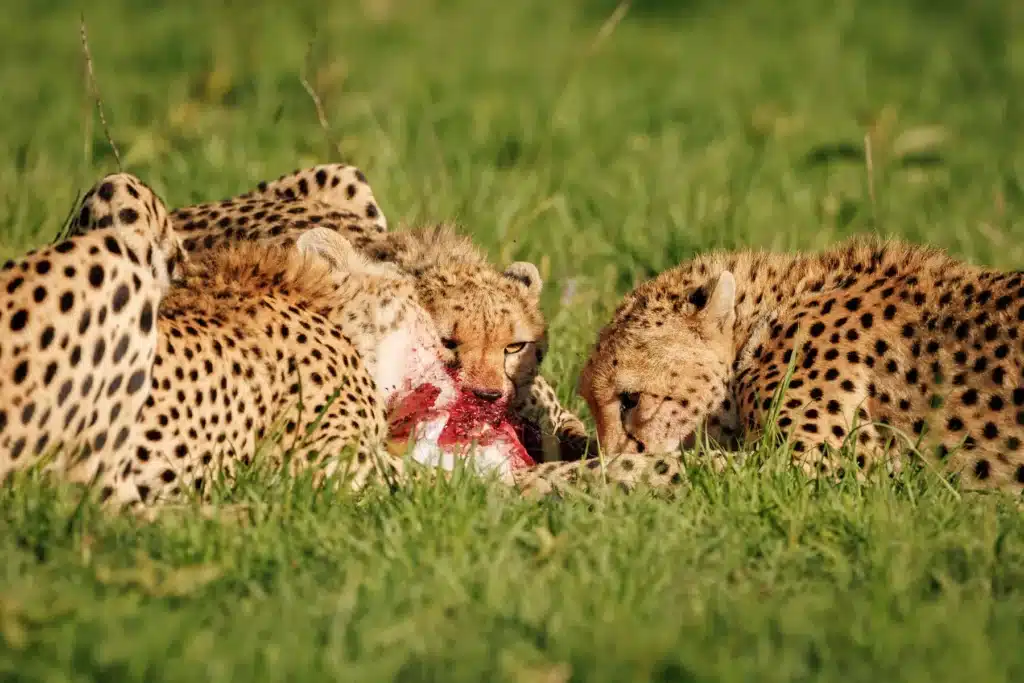
Watching them work together, knowing where they started, has been one of the coolest things I’ve witnessed. Their brother, Tipayo, has started to roam on his own now. He’s still finding his feet, but you can see the confidence growing in him with every passing week. I remember them tumbling around in the grass, barely able to walk straight; now they’re skilled hunters. It’s been amazing to see that change first hand.
Then there’s Luluka, a leopardess whose story is both tough and inspiring. She had two cubs recently, but only one survived. His name is Olomunyak. We have followed him since he was hiding behind his mother’s tail, eyes barely peeking through the bushes.
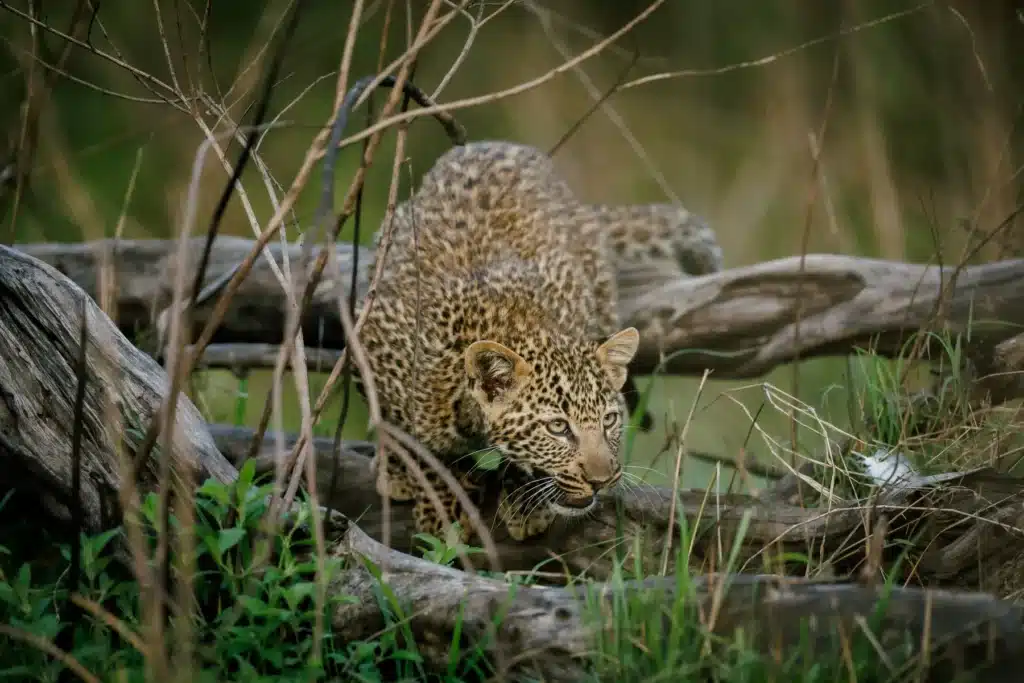
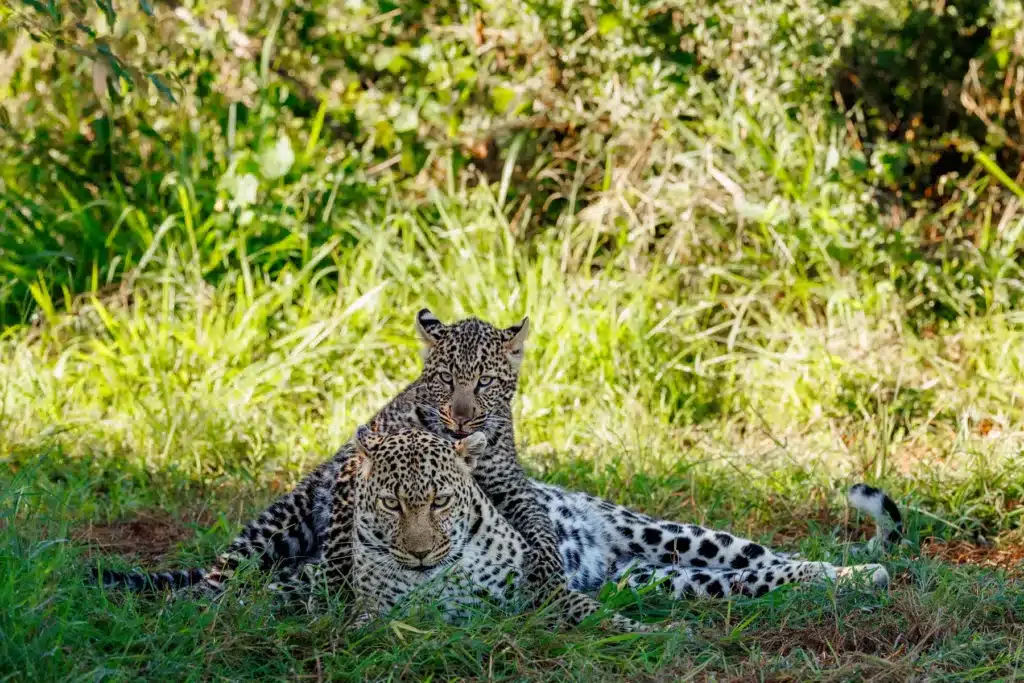
Now he’s out there, growing into a strong young male. It’s been a slower journey with him—leopards live more solitary, secretive lives—but that’s made it all the more rewarding. Seeing him walk with confidence and explore farther each day—it’s like watching a shy kid turn into someone who owns the room.
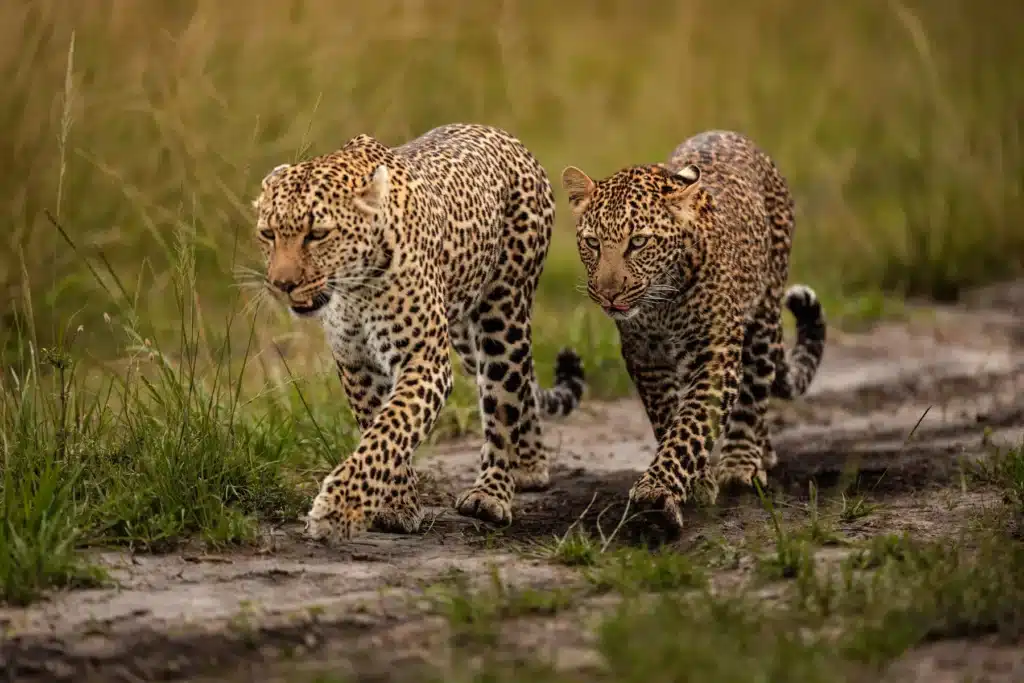
And then there are the boys of the Rongai pride. Olonkera, the eldest, stands out the most. He used to be the one watching over the younger cubs while the adults were out hunting—the quiet ‘babysitter’ type.
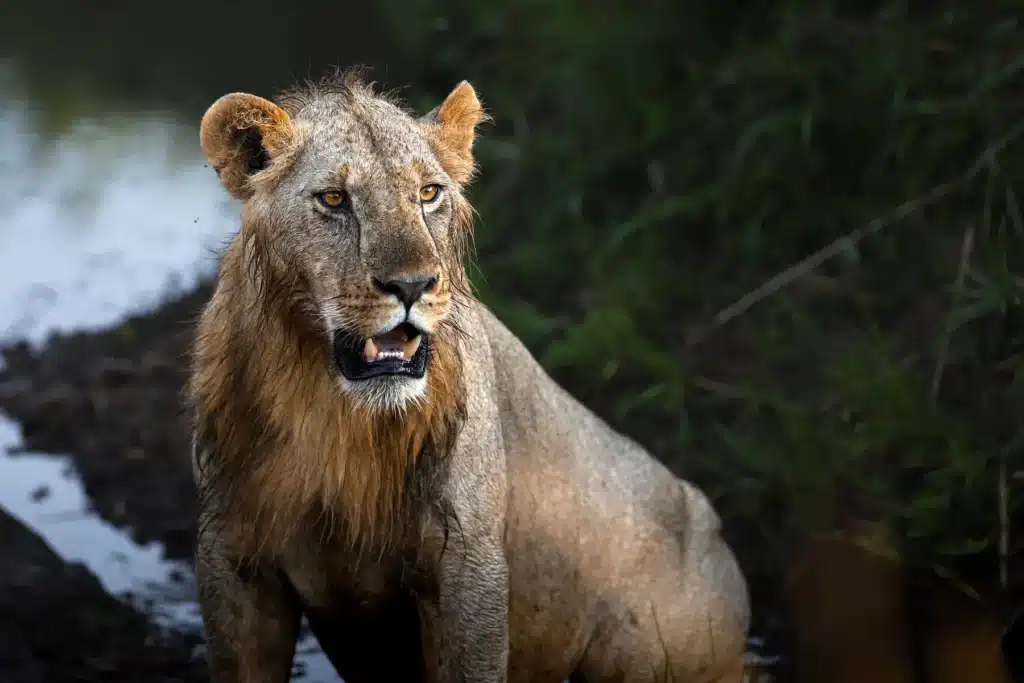
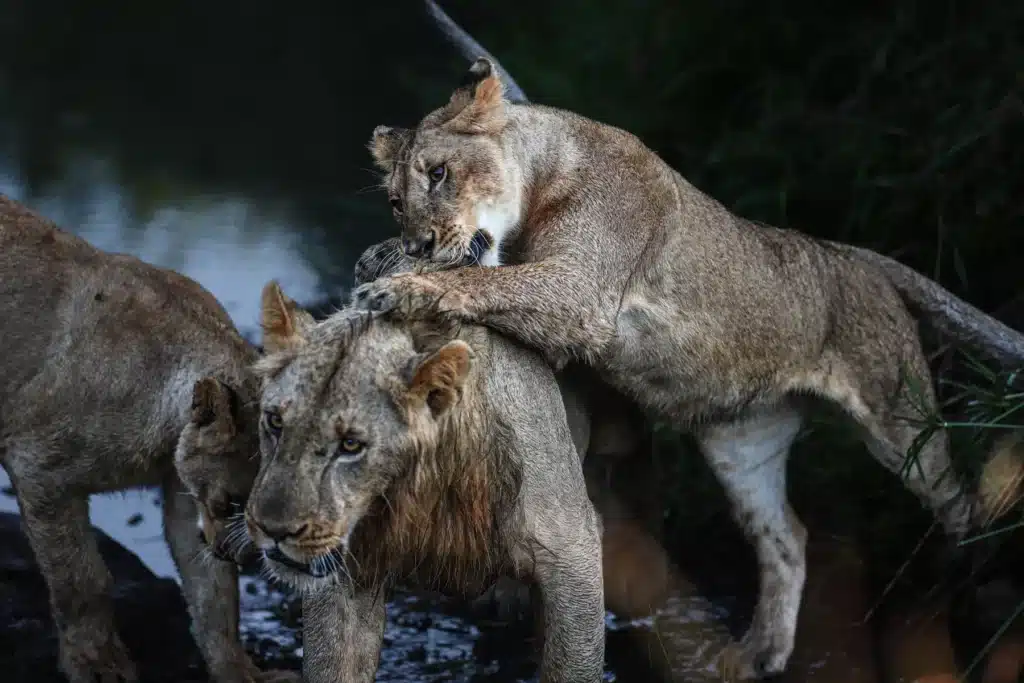
Now he’s grown into a young male the others look up to. He’s starting to take more initiative, standing a bit taller, walking a bit prouder. The change isn’t sudden—it’s in the small things. The way he waits his turn at a carcass, the way his brothers follow just a step behind him now. That’s how lions grow into kings—slowly, and then all at once.
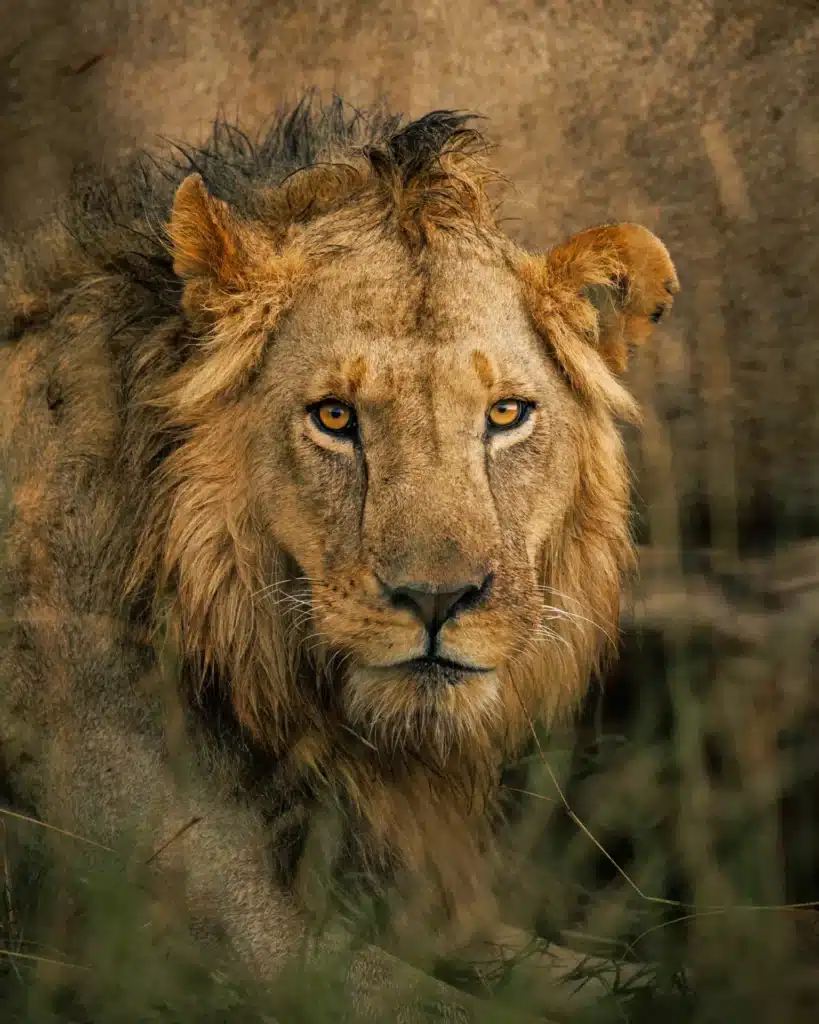
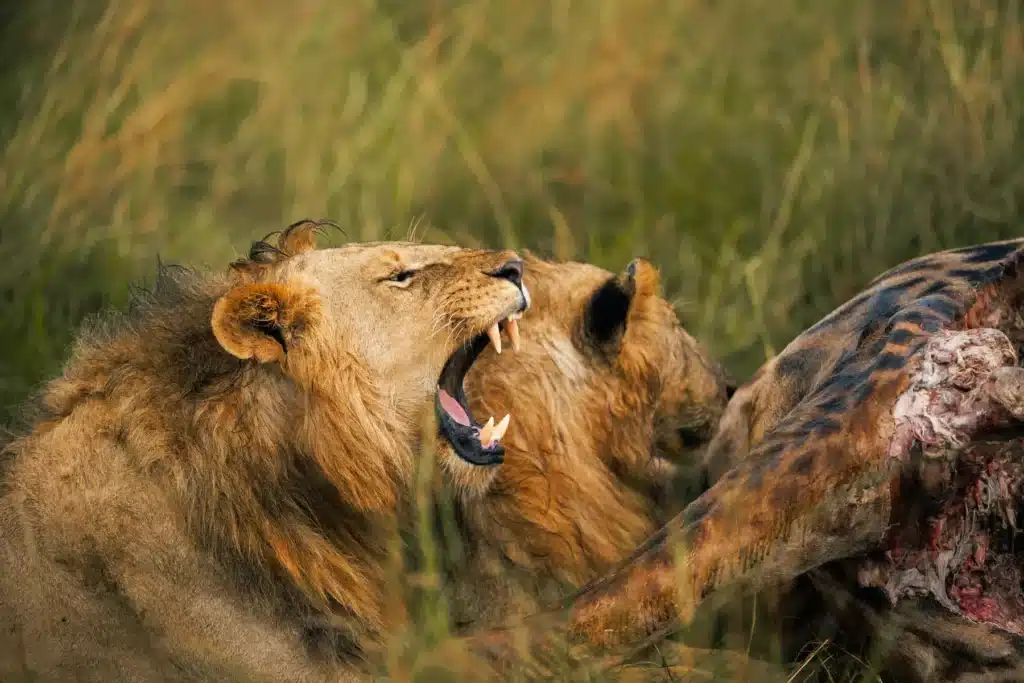
What makes all this so special is how fast it happens. In just a couple of years, they go from helpless to powerful. Compared to humans, their childhood is a blink. But when you’re out here every day, watching it unfold little by little, you feel the weight of every step they take. Not every story has a perfect ending. Some cubs don’t make it. There have been days I’ve put the camera down and just sat with the silence. But the ones who do survive—the ones who grow, adapt, and thrive—they remind you why this work matters. Why it’s a gift to be here.
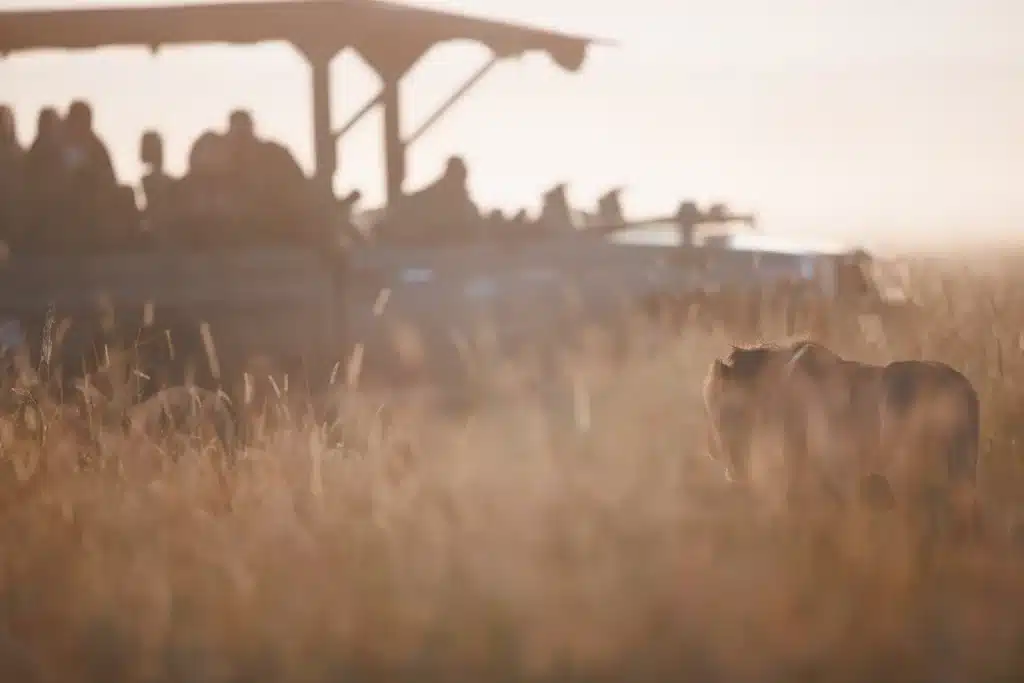
These cats aren’t just wildlife to me. They’re the stories I’ve watched come to life. I’ve known them as cubs, and now I get to see who they’re becoming. And I can’t wait to see what comes next.
Photo credits: Imara Njeri, Eric Averdung, Edward Ololoso, Japheth Supeyo